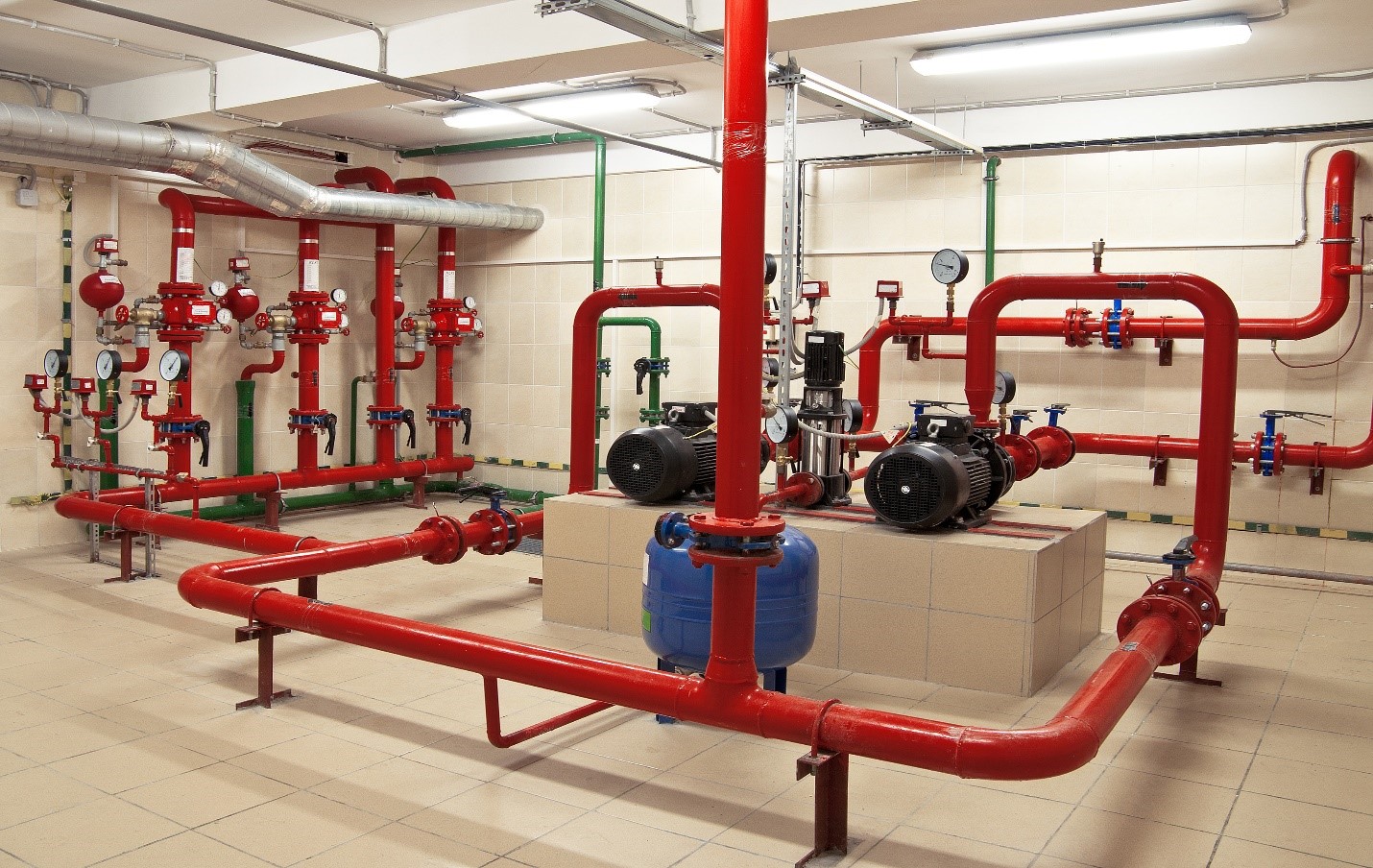![]()
Fire Immuniser
+91-7829629111
Email: info@variex.in
Varistor Technologies Pvt. Ltd.
Block-1, First Floor, Ardente Office One, Hoodi Circle, ITPL Main Road, Bengaluru, Karnataka 560048, IN
Basic Fire Fighting Training
Basic fire fighting training is crucial for individuals in various settings, whether at home, in the workplace, or in public spaces. Equipping oneself with essential fire safety knowledge and suppression techniques can mean the difference between life and death during a fire emergency. In this guide, we will delve into the key components of basic fire fighting training, including fire prevention, safety measures, suppression techniques, and emergency response protocols.
1. Understanding Fire:
- Fire Triangle: Basic fire fighting training often begins with understanding the fire triangle, which comprises three elements: heat, fuel, and oxygen. Without one of these elements, fire cannot exist.
- Fire Behavior: Participants learn about the behavior of fire, including how it spreads, the different classes of fires, and the dangers associated with smoke and toxic gases.
2. Fire Prevention:
- Identifying Hazards: Participants learn to identify potential fire hazards in their environment, such as electrical appliances, flammable materials, and sources of heat.
- Good Housekeeping: Basic fire fighting training emphasizes the importance of good housekeeping practices, including keeping work areas clean and clutter-free to minimize fire risks.
3. Fire Safety Measures:
- Emergency Exits and Evacuation Routes: Participants are taught to locate emergency exits and evacuation routes in buildings and practice evacuation drills regularly.
- Use of Fire Safety Equipment: Training includes instruction on how to use fire safety equipment such as fire extinguishers, fire blankets, and emergency alarms.
4. Fire Suppression Techniques:
- PASS Technique: Participants learn the PASS technique for using a fire extinguisher: Pull the pin, Aim at the base of the fire, Squeeze the handle, and Sweep from side to side.
- Methods for Different Classes of Fires: Basic fire fighting training covers the appropriate suppression methods for different classes of fires, including Class A (ordinary combustibles), Class B (flammable liquids), and Class C (electrical fires).
5. Emergency Response Protocols:
- R.A.C.E. Protocol: Participants are familiarized with the R.A.C.E. protocol for responding to fire emergencies: Rescue individuals in immediate danger, Activate the fire alarm, Confine the fire if possible, and Evacuate the area to safety.
- Calling Emergency Services: Training includes instructions on how to safely and effectively call emergency services and provide relevant information about the fire emergency.
Conclusion
Basic fire fighting training is essential for everyone to effectively respond to fire emergencies and protect themselves and others from harm. By mastering fire prevention techniques, understanding fire safety measures, learning fire suppression techniques, and following emergency response protocols, individuals can mitigate the risks posed by fires and contribute to a safer environment for all. Regular training and practice are key to ensuring readiness and confidence in the event of a fire emergency.
Frequently Asked Questions (FAQs)
What is basic fire fighting training?
Basic fire fighting training is a program designed to educate individuals on fire safety, prevention measures, suppression techniques, and emergency response protocols.
Who should undergo basic fire fighting training?
Anyone can benefit from basic fire fighting training, including employees in workplaces, homeowners, tenants, students, and members of the public.
What topics are covered in basic fire fighting training?
Basic fire fighting training covers a range of topics, including fire behavior, fire prevention, fire safety measures, proper use of fire safety equipment, suppression techniques, and emergency response protocols.
How often should basic fire fighting training be conducted?
Basic fire fighting training should be conducted regularly to ensure that participants retain their knowledge and skills. Many organizations conduct training annually or biannually, while others may require more frequent sessions.
Where can I receive basic fire fighting training?
Basic fire fighting training programs are offered by various organizations, including fire departments, safety training institutes, workplaces, and online platforms. Check with local authorities or search online for accredited training providers.
Is basic fire fighting training necessary for everyone?
Yes, basic fire fighting training is necessary for everyone, as fires can occur in any environment and pose risks to life and property. Being prepared and knowledgeable about fire safety measures can save lives in the event of a fire emergency.
What should I do if I encounter a fire after completing basic fire fighting training?
If you encounter a fire, follow the emergency response protocols learned during training. This may include evacuating the area, activating fire alarms, using fire extinguishers if safe to do so, and calling emergency services.
Can I get certified in basic fire fighting training?
Yes, many basic fire fighting training programs offer certification upon completion. Certification may be required by certain employers or industries to demonstrate competency in fire safety and emergency response.
Final Say
We at VariEx.in or Variexonline.com have mastered the art of designing, installing, inspecting, and fixing automatic sprinkler systems with the help of our in-house team, which is capable of delivering the fire sprinkler services you need, whether large or small and at affordable cost.
To schedule a fire sprinkler installation, or you think our services could benefit your commercial property, contact us online or give us a call at, 7829629111











Hi I have employees they need basic fire fighting training.
Could you please give me quotation for approx 1000 employees.
Yes, we will provide fire fighting training, demonstrations, mock drill training, and classroom sessions. Could you please send the details to this email address: sales@variex.in?